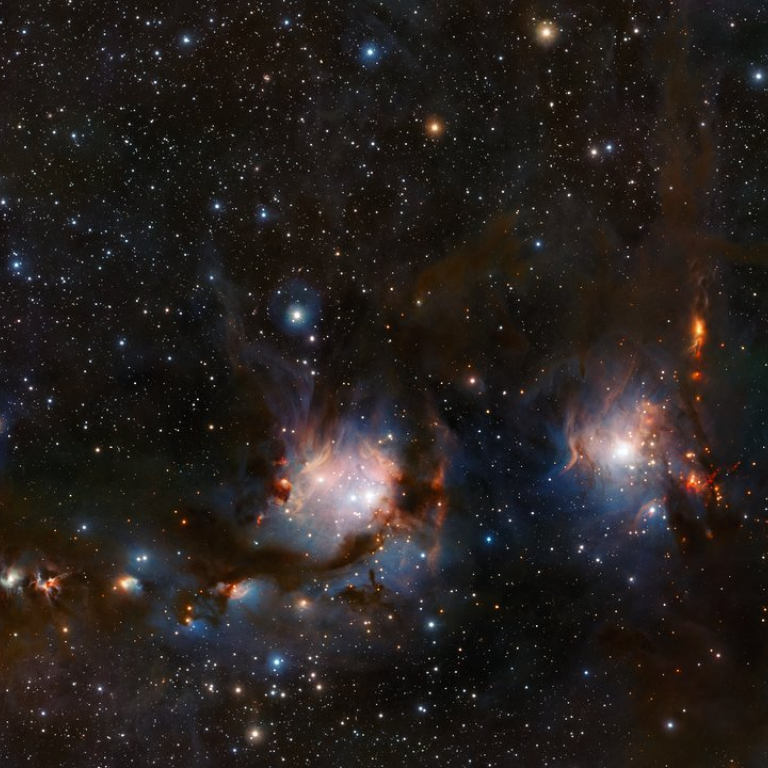
Hidden stars revealed for the first time, thanks to cosmic ‘dustbuster’
European astronomers use infrared telescope to stargaze past cosmic dust
About 1,600 light years away, in the constellation Orion, an interstellar cloud of gas and dust called Messier 78 is hiding a stellar nursery of young and unborn stars.
As explained by the European Southern Observatory (ESO), new stars form inside the nebula out of “dust grains in pockets just barely warmer than their extremely cold surroundings,” which are shrunken and heated up by gravity.
But the gleaming young stars escape telescopes that see in visible light, radio waves, or infrared light because the cosmic dust either blocks or absorbs their bluish light. That’s why Messier 78 is called a reflection nebula: it reflects and scatters the light of its hidden stars.
Now, ESO’s Visible and Infrared Survey Telescope (VISTA) has sifted through the dust by using near-infrared light, which is why the ESO refers to it as a “dustbuster.”
The result is a spectacular view of the young stars in the heart of the nebula casting a “bluish pall over their surroundings, while red fledgling stars peer out from their cocoons of cosmic dust.”
Check out the ESO’s video panning across the nebula below:

